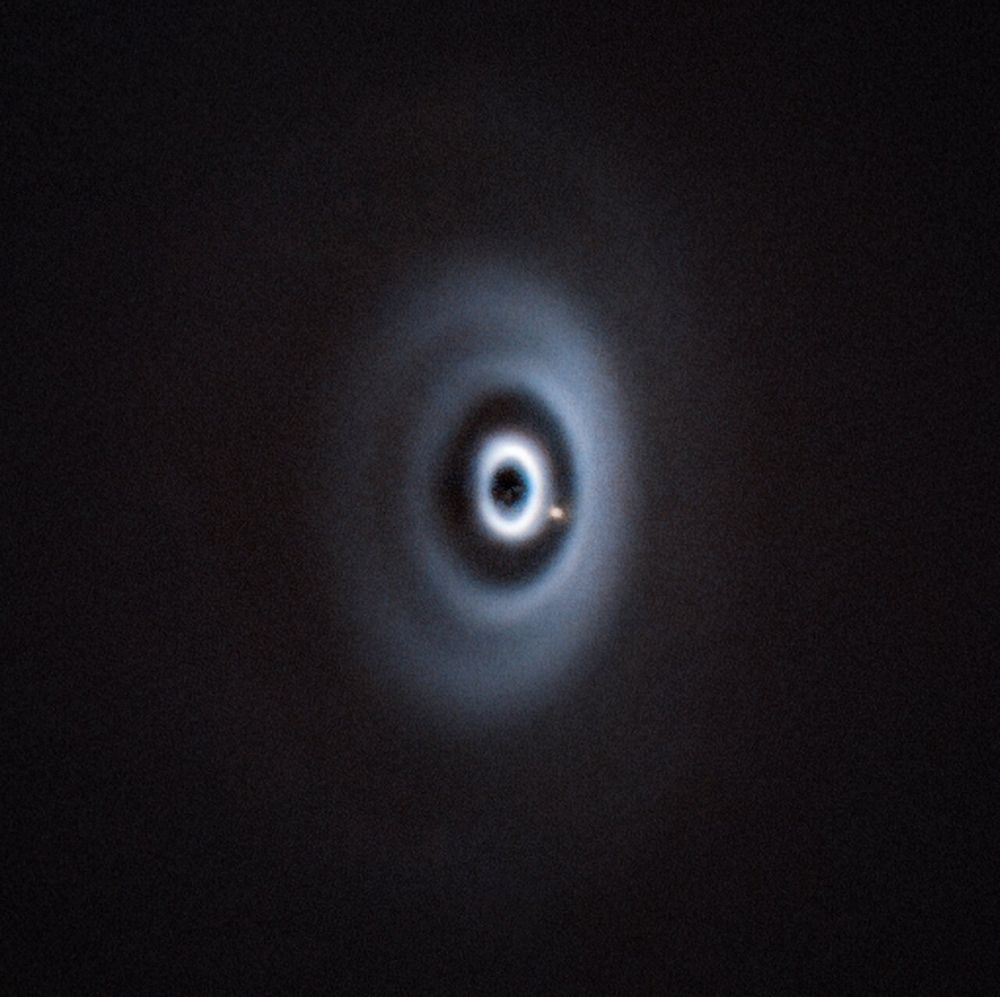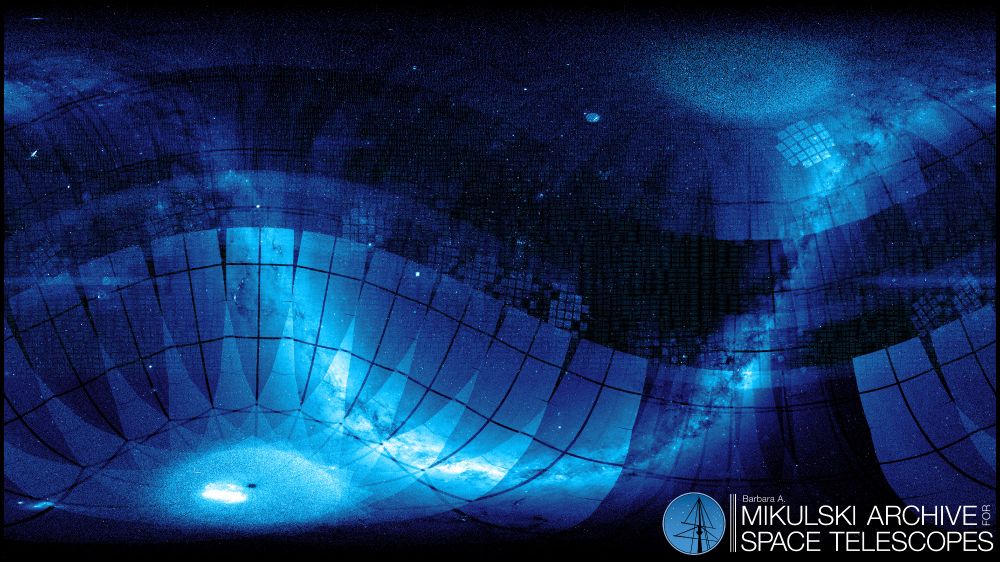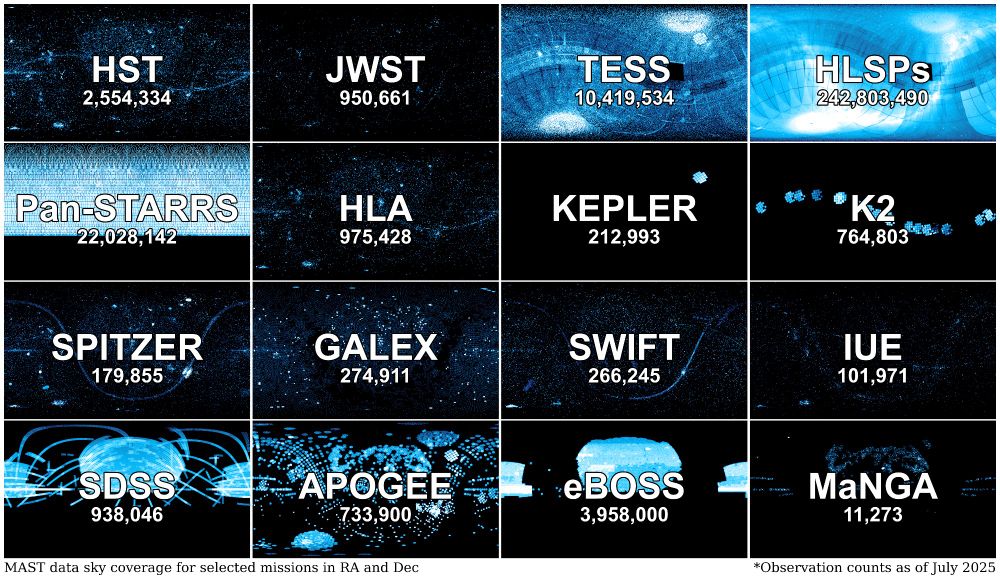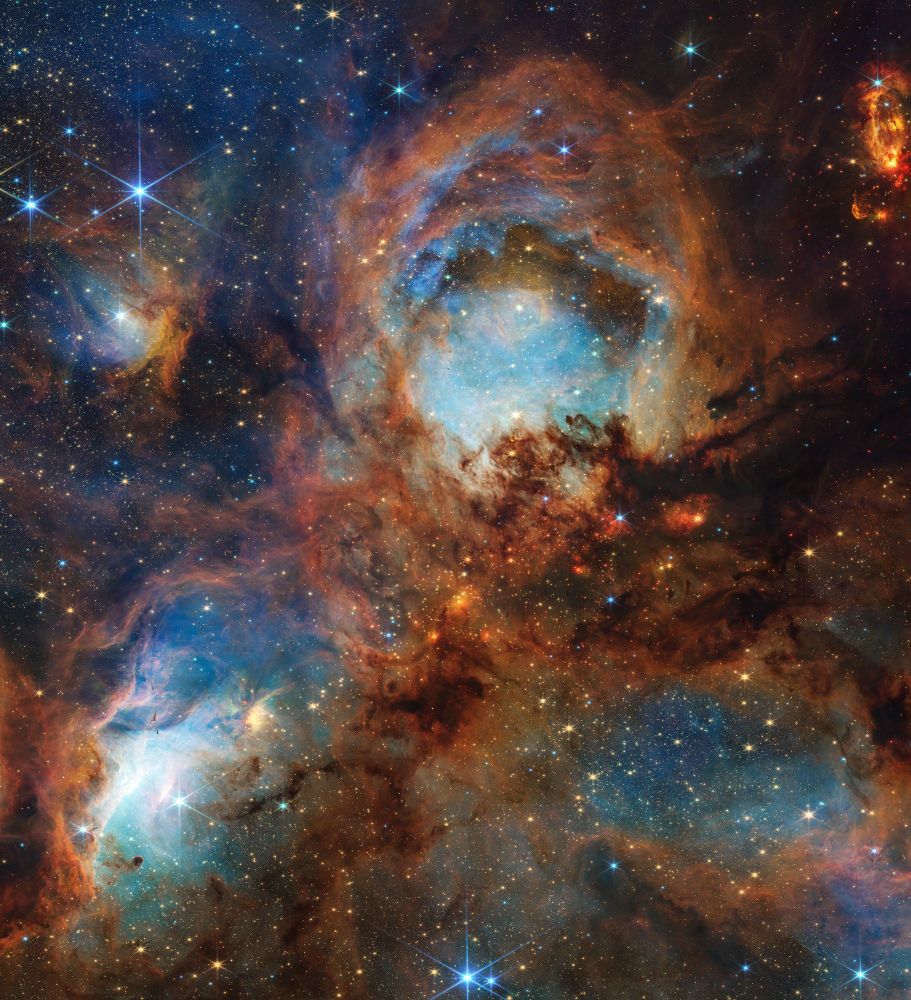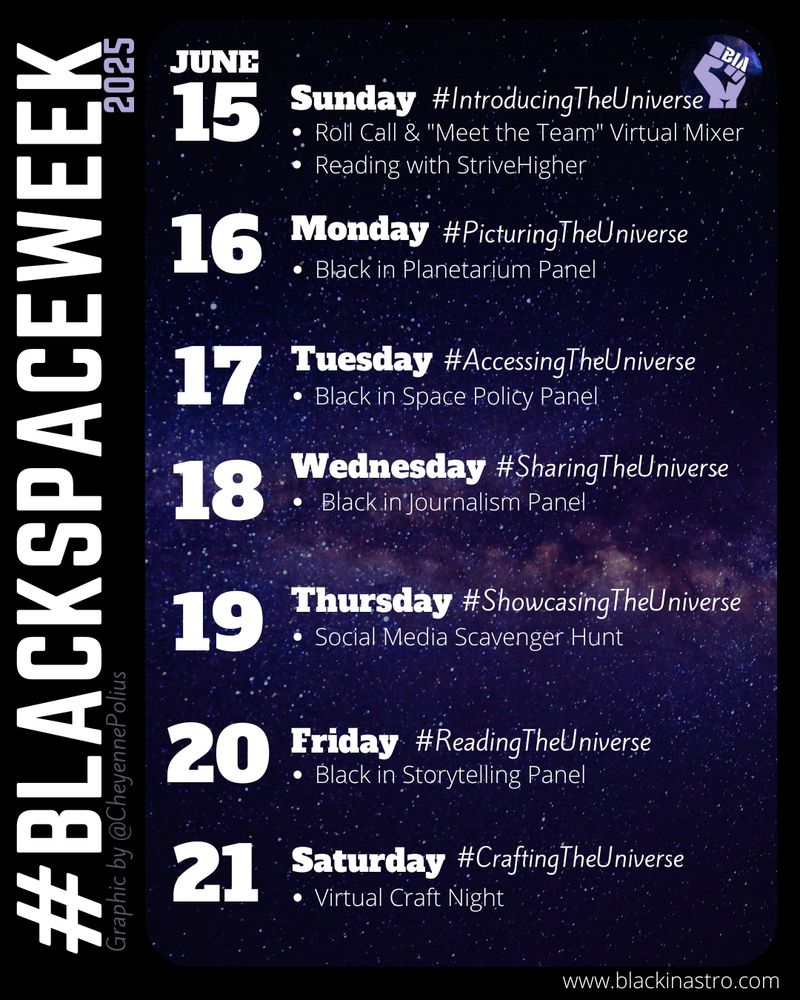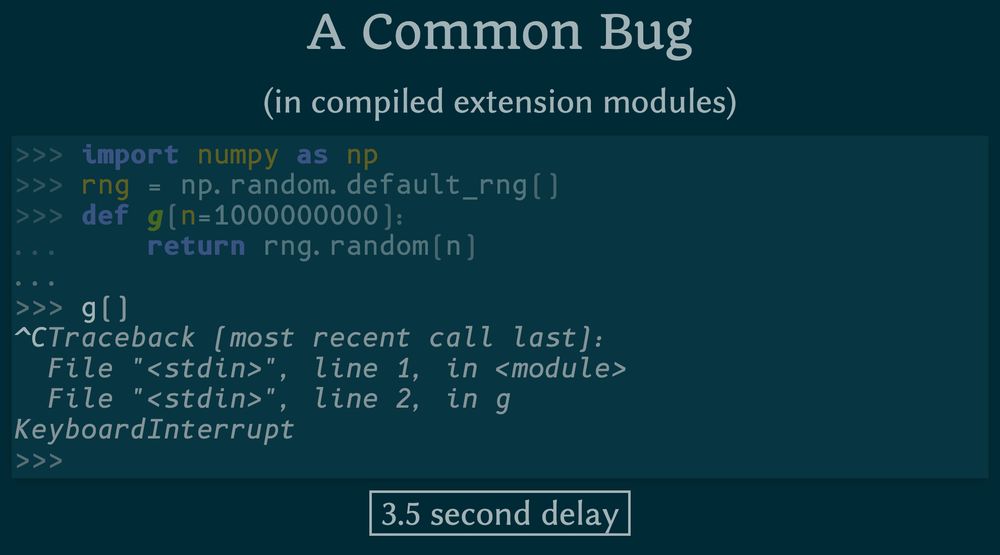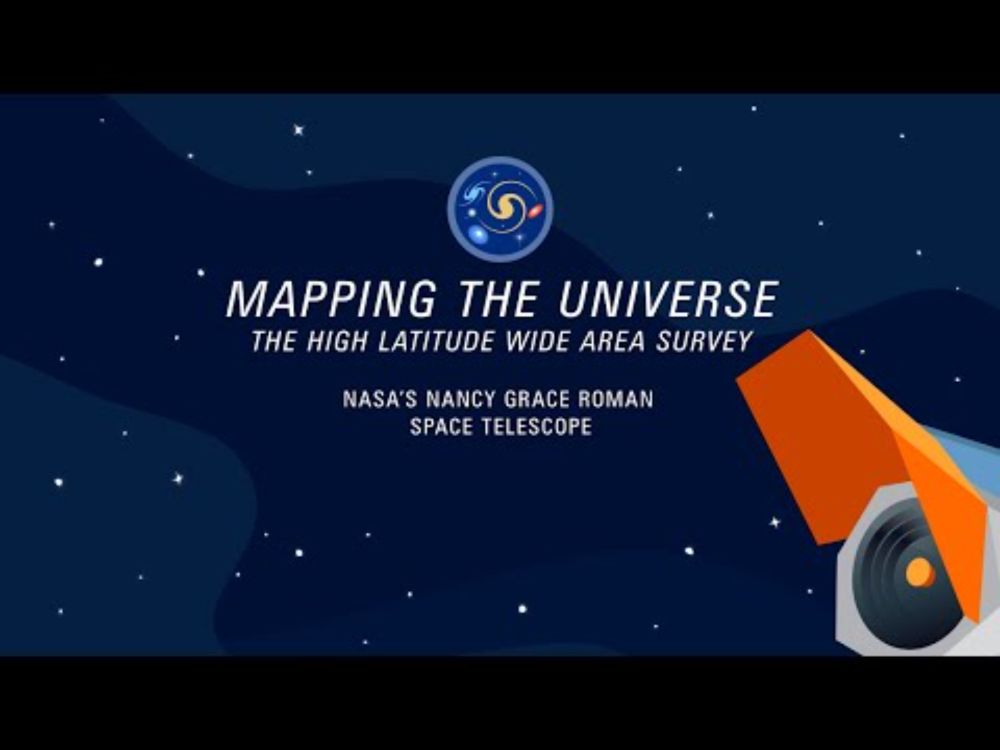Dr. Scott W. Fleming
@scottwfleming.bsky.social
770 followers
300 following
110 posts
Branch Manager at Space Telescope Science Institute working in the MAST archive. Astronomy PhD. Studies stars and exoplanets. Loves programming. Opinions are my own. He/Him/His
Posts
Media
Videos
Starter Packs
Pinned
Reposted by Dr. Scott W. Fleming
Reposted by Dr. Scott W. Fleming
Reposted by Dr. Scott W. Fleming
Reposted by Dr. Scott W. Fleming
Reposted by Dr. Scott W. Fleming
Reposted by Dr. Scott W. Fleming
Reposted by Dr. Scott W. Fleming
Black In Astro
@blackinastro.bsky.social
· Jun 14
Reposted by Dr. Scott W. Fleming
Reposted by Dr. Scott W. Fleming
Reposted by Dr. Scott W. Fleming
Reposted by Dr. Scott W. Fleming
Reposted by Dr. Scott W. Fleming
Reposted by Dr. Scott W. Fleming



